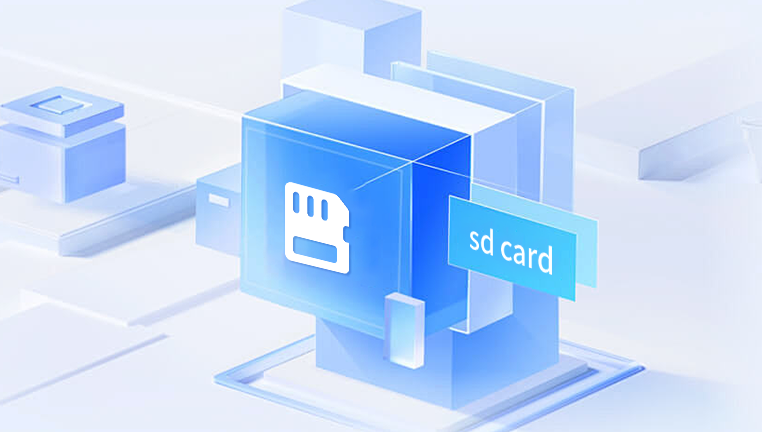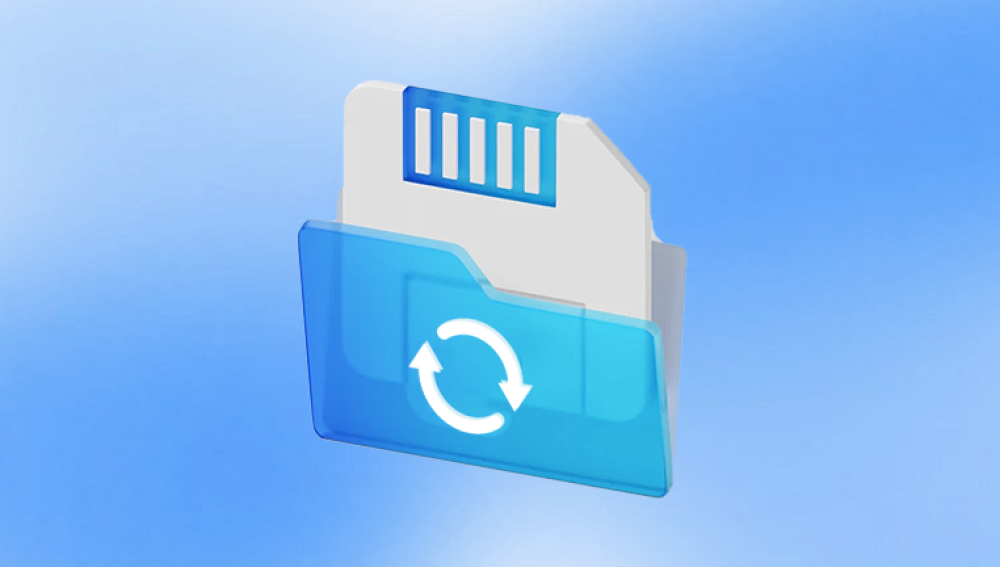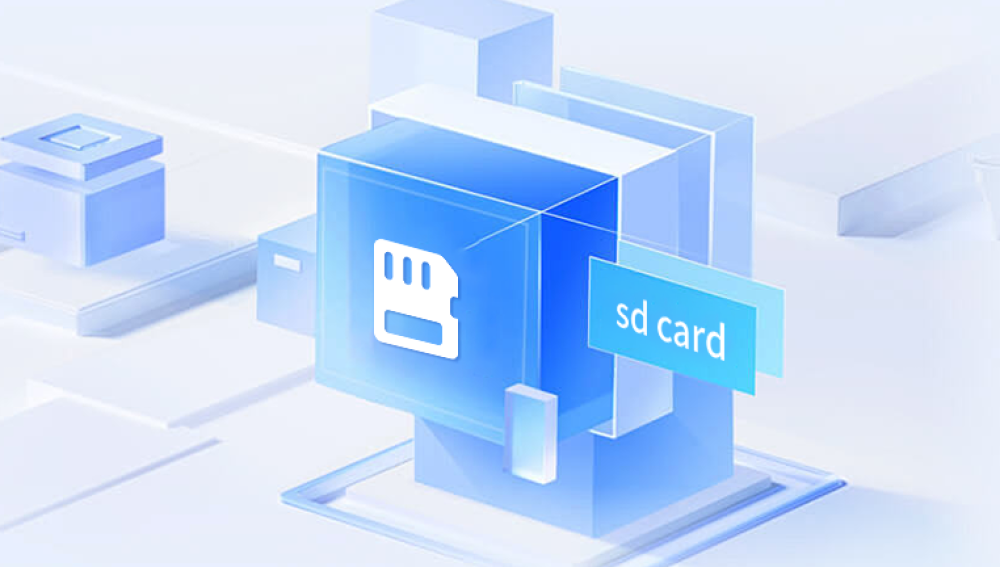SD cards (Secure Digital cards) are widely used for storing data in digital cameras, smartphones, tablets, and other portable devices. Unfortunately, data loss on SD cards can happen unexpectedly due to accidental deletion, file corruption, formatting errors, or physical damage.
Common Causes of Data Loss on SD Cards
Accidental Deletion: Deleting files by mistake, sometimes without realizing they are needed.
Corruption: SD cards can become corrupted due to improper removal, file system errors, or virus attacks.
Formatting: Sometimes, users format the SD card, thinking it's no longer needed or to fix errors.
Physical Damage: While not always recoverable, some physical damage like broken pins or water damage can lead to data loss.

Understanding How SD Card Data Recovery Works
When you delete data from an SD card, it is not immediately wiped from the card. Instead, the operating system removes pointers to that data, marking the space as available for new data. This means that, as long as the deleted data has not been overwritten by new files, there is a good chance of recovery.
The Data Recovery Process
The recovery process generally involves:
Scanning the SD Card: Specialized software scans the card to find lost or deleted files that are still recoverable.
Analyzing File Structure: After scanning, the tool analyzes the file structure to ensure the files can be restored properly.
Restoring Files: The final step is recovering and saving the files to another device or storage medium.
Tools for Free SD Card Data Recovery
There are a number of free tools that you can use to recover data from an SD card. These tools work by scanning the SD card for deleted or corrupted files and then recovering them to a different location.
Drecov Data Recovery is a comprehensive data recovery software designed to help users recover lost or deleted files from various storage devices, including hard drives, SSDs, USB drives, memory cards, and more. The software provides an easy-to-use interface and is capable of retrieving a wide range of file types, such as photos, videos, documents, and emails.
One of the standout features of Drecov Data Recovery is its powerful scanning engine, which can search for deleted, corrupted, or formatted data by scanning the storage device at both a basic and deep level. It offers two main scanning modes: Quick Scan for faster recovery and Deep Scan for a more thorough search, which increases the chances of finding files that may have been overwritten or are deeply hidden.
Step-by-Step Guide to Recovering Files from an SD Card
Step 1: Prepare for Recovery
Before starting the recovery process, follow these important steps:
Stop using the SD card: Avoid writing any new data to the SD card, as this can overwrite deleted files and make recovery impossible.
Select a destination for recovered files: Always recover files to a different storage device (such as your computer's hard drive) to prevent overwriting.
Step 2: Download and Install a Data Recovery Tool
Choose a free recovery tool based on your needs, such as Recuva, PhotoRec, or TestDisk. Follow these steps:
Download the recovery tool from the official website.
Install the software on your computer, ensuring it’s installed on a different drive than the SD card to avoid overwriting the lost files.
Step 3: Connect the SD Card to Your Computer
Use an SD card reader to connect the SD card to your computer if it’s not already inserted into your device. Make sure it is properly recognized by your computer.
Step 4: Select the SD Card for Scanning
Open the data recovery tool and select the SD card as the drive to scan. Depending on the tool, you may need to select between “Quick Scan” and “Deep Scan” options. Deep scans typically take longer but can recover more files.
Step 5: Scan for Deleted Files
Start the scan. The software will analyze the SD card’s data to locate deleted files that have not been overwritten. The scan might take anywhere from a few minutes to several hours, depending on the size of the card and the type of scan.
Step 6: Preview and Recover Files
After the scan is complete, the recovery tool will present you with a list of recoverable files. You can preview the files to ensure they are intact. Select the files you want to recover and save them to a different drive.
Step 7: Verify the Recovered Files
Once the recovery is complete, open the recovered files to ensure that they are intact and usable. Check for any file corruption that might have occurred during the recovery process.
Additional Tips for SD Card Data Recovery
Create Backups: To avoid data loss in the future, regularly back up important files from your SD card to another device or cloud storage.
Handle Your SD Card Carefully: Always safely eject your SD card from your device to prevent file system corruption.
Use an External Storage for Recovered Files: As a general rule, always store recovered files on a separate storage medium to avoid overwriting lost data.
Limitations of Free SD Card Data Recovery
While free data recovery tools can be effective, there are some limitations:
No Guarantee of Full Recovery: There is no guarantee that all lost files will be recovered, especially if the files have been overwritten or the SD card has severe physical damage.
Limited Features: Free tools often lack advanced features like deep scanning or support for recovering damaged SD cards.
File Overwriting: If you continue using the SD card after data loss, new files may overwrite the deleted ones, making recovery impossible.
When to Seek Professional Help
If you are unable to recover your files using free software, or if your SD card has physical damage (e.g., water or fire damage), it may be time to seek professional help. Data recovery services can provide advanced solutions that are more likely to recover data in difficult situations. However, these services can be expensive.




